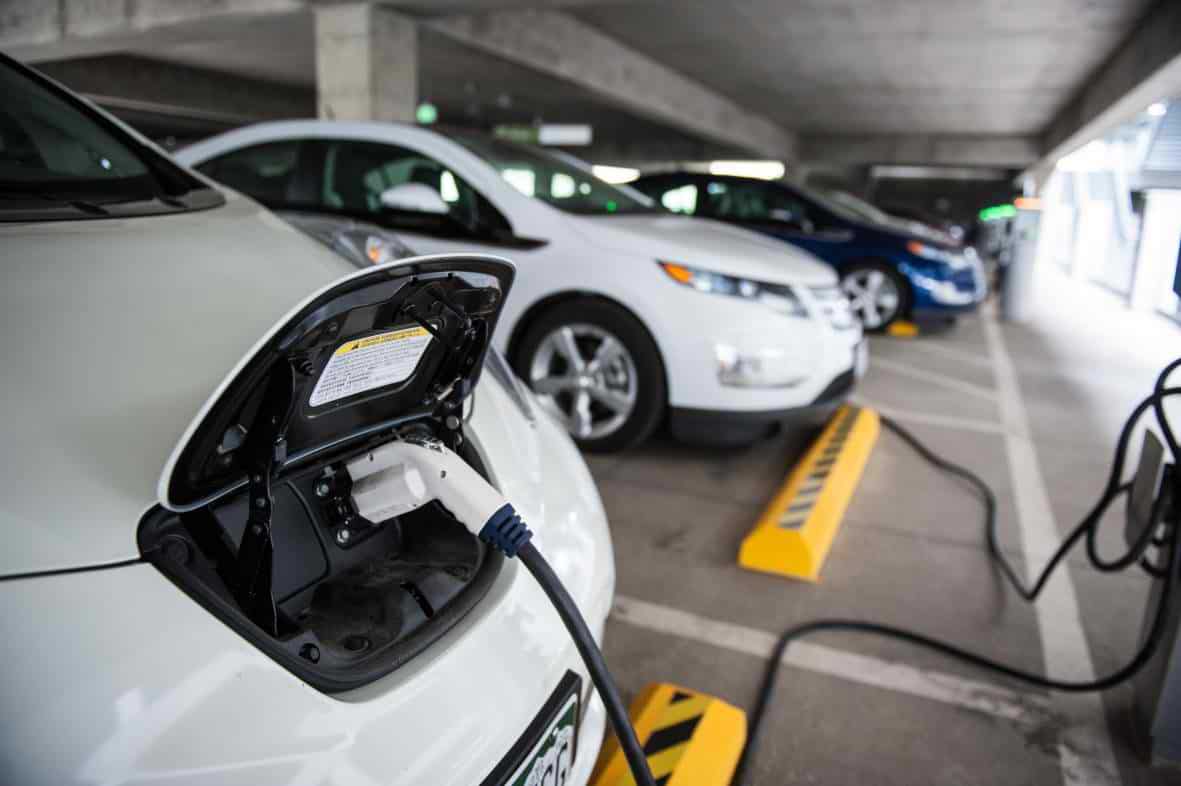
Canadian Mining Journal reported that a couple of weeks after the Prospectors and Developers Association of Canada’s annual meeting, the Auto Show came to the same building in Toronto. The excitement at both shows this year was all around the next generation technologies for electric vehicles. Automakers, and key markets like China, are heralding the age of EVs on a timeline that contemplates rapid change. Projections for electric vehicles to take to the world’s roads have soared, along with the prices of some of the metals used to make the vehicles’ lithium ion batteries. The United States Geological Survey reported that in 2017, demand doubled average annual cobalt prices and the average price of lithium was up 61%.
BMO Capital Markets took a deep-dive into The Lithium Ion Battery and the EV Market in a February 2018 report. It provides valuable insights on how the battery industry is preparing for massive growth, and how supply chains of cobalt, lithium and nickel are directly linked to the growth of the EV market. These metals are all key components in producing lithium ion batteries.
Cobalt
Almost two-thirds of current global cobalt output comes from the Democratic Republic of Congo and production is rising. This exposes supply to a challenging, but mineral-rich, jurisdiction. China has taken on the challenges of the DRC through direct engagement and has established deep supply chains for cobalt from the DRC as a critical element to its EV aspirations. Not coincidentally, China leads the growth of the global EV market and is home to the largest EV company in the world.
Adding to the complications, cobalt is nearly all mined as a by-product of other, more abundant metals, such as nickel or copper. This makes production driven, at least in part, and frequently primarily, by the markets for the principal metals, which do not always link to EV enthusiasm.
Current supply continues not to meet the anticipations of demand leading to interest in other markets, such as our own.
According to Reuters that “Nervous Asian battery makers are turning to early-stage cobalt projects in Australia and Canada to lock in supplies of the critical battery ingredient ahead of expected shortages as demand for electric vehicles revs up.”
Lithium
The USGS reports that security of lithium supply has become a top priority for technology companies in the US and Asia.
Strategic alliances and joint ventures among technology companies and exploration companies continue to develop as a means to ensure a reliable, diversified supply for vehicle manufacturers.
Sovereign risk, however, continues behind these arrangements.
The global distribution of lithium is broad, with huge deposits in Latin America, Canada and Australia, and exploration continues.
Resources need to be turned into reserves and reserves into operating mines in order for the market to meet the demands of battery producers as they come on stream. Canadian miners have the expertise to help lead this development around the world, but will face global competitors in this effort.
Nickel
The nickel-enriched lithium ion battery is anticipated as the dominant technology. But for now, nickel is expected to underperform base metal peers in 2018. Nickel remains a stainless steel driven market at present.
But the long-term story for nickel must, if battery expectations are correct, be a good one. EV cathode chemistry must and will shift to higher nickel content over time. So looking ahead, battery demand will become significantly more important for nickel, and overtake stainless steel as the main demand driver.
Bright but not spotless
The future for battery metals is bright, but not spotless.
Canadian companies pursing these opportunities have great opportunities, but will have new competitors from an increasingly global looking Asia, led by Beijing.
Many of the proponents of EVs at the grassroots level appear to have not confronted the reality that EV technology is not powered by butterflies and unicorns, but by mining. The same eco-sentimentality behind some of the EV movement may constrain the ability to achieve the technological changes desired, as accessing these raw materials faces increasing scrutiny.
This leaves us with the other great risk to the sector comes from the unknown, unknowns. Is there a point at which costs, access and ingenuity drive unforeseen technological changes?
The opportunity is huge, and growing dramatically; It isn’t without challenge, but what worth doing is?
